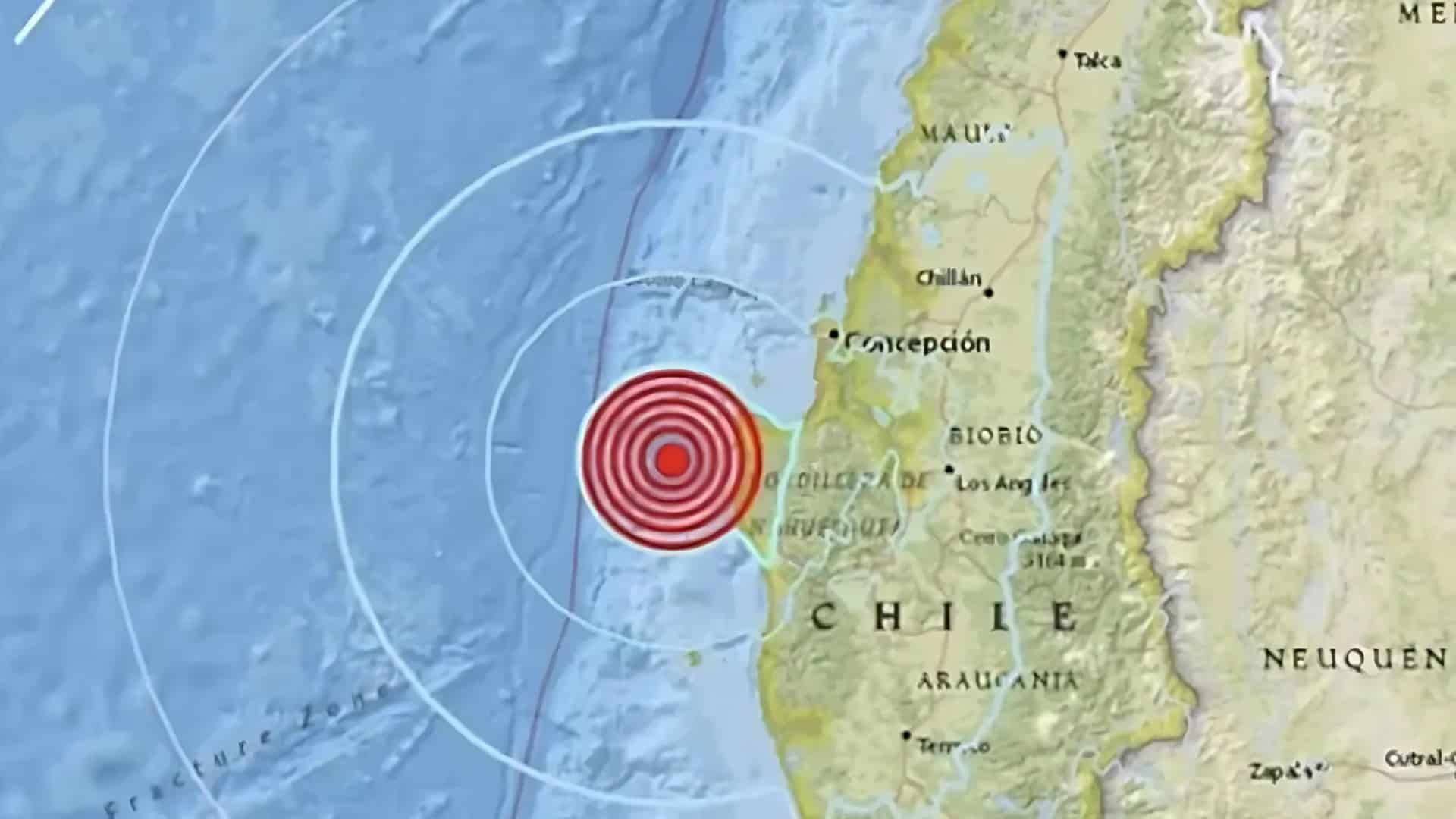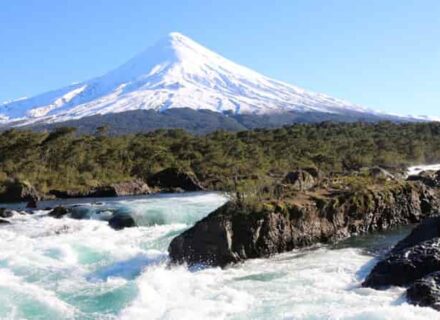A powerful 7.5 magnitude earthquake struck near the city of Puerto Williams, Chile, according to official data from the National Seismological Center (CSN). The epicenter was located 218 kilometers south of the city, at a depth of 21 kilometers, with coordinates -56.86° latitude and -68.268° longitude.
Authorities have urged the population to remain calm and follow official information only, avoiding rumors and misinformation, especially on social media. After a major earthquake, aftershocks are possible, so it’s vital to stay alert.
What to Do After an Earthquake
In the aftermath of a quake, it’s essential to:
- Inspect your home for possible structural damage.
- Avoid using matches or candles until you’re sure there’s no gas leak.
- Use mobile phones only in emergencies to prevent network saturation.
- Stay away from potentially dangerous areas, such as stairwells or elevators.
Be Prepared: Earthquake Safety Tips
Since earthquakes can occur without warning, preparation is key:
- Create a civil protection plan with your family.
- Conduct evacuation drills at home, school, or work.
- Identify safe zones in every space.
- Prepare an emergency backpack with water, food, flashlight, batteries, and a first-aid kit.
During an earthquake:
- Stay calm and move to a safe area.
- Avoid windows, mirrors, and objects that might fall.
- If you’re driving, pull over away from buildings, trees, and power lines.
- If you’re on the coast, move to higher ground in case of a tsunami.
- If you’re in a wheelchair, lock the wheels and cover your head and neck.
Chile: A Country Shaped by Earthquakes
Chile is one of the most seismically active countries in the world. According to the Department of Risk Management in Emergencies and Disasters, Chile experiences a major earthquake (magnitude 8 or more) approximately every decade. Here are some of the most significant ones:
The Strongest Earthquake Ever Recorded
On May 22, 1960, Chile experienced the most powerful earthquake in recorded history: magnitude 9.5. Its epicenter was near Traiguén, but it’s famously known as the Valdivia earthquake, due to the massive destruction in that area.
This earthquake triggered a devastating tsunami with waves up to 10 meters high, affecting much of southern Chile and even reaching Japan, where six-meter waves caused casualties and damage.
More than 2,000 people lost their lives, though the exact number remains uncertain.
The 2010 “27F” Earthquake
The most recent major quake occurred on February 27, 2010, with a magnitude of 8.8, making it the second-strongest in Chile’s history. The epicenter was off the coast of Maule, striking at dawn and surprising the population.
Roughly 30 minutes later, a tsunami hit the coast, affecting mainly the Maule and Biobío regions. The tsunami waves also reached Peru, Ecuador, Colombia, and Costa Rica, though with limited impact.
The tragedy claimed over 500 lives, with about 50 people still missing.
Regional News
Meanwhile, outside Chile, political turmoil continues in Latin America. The United Nations has denounced Daniel Ortega’s regime in Nicaragua, accusing it of turning the country into a “machine of repression.” In a related development, Brazil’s Supreme Court has granted house arrest to former president Fernando Collor de Mello, convicted of corruption.
Chile’s seismic history serves as a powerful reminder of the importance of preparedness. Stay informed, stay safe, and always follow guidance from official authorities.



